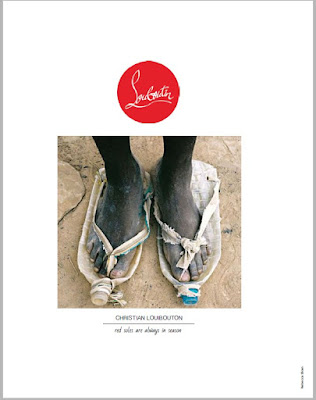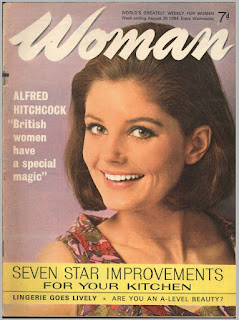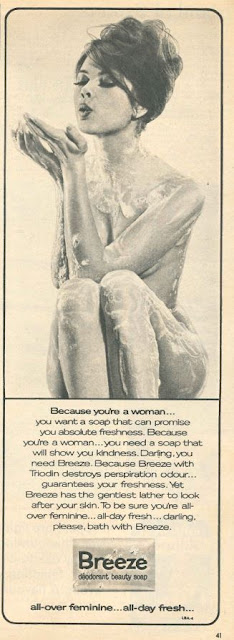Theorist Revision
MEDIA LANGUAGE: Roland Barthes - the theory of semiotics Tzvetan Todorov - the theory of narrative Steve Neale - theories around genre Claude Levi-Strausse - Binary oppositions REPRESENTATION: Richard Dyer - the theory of Stereotypes bel hooks - feminist theory David Gauntlet - the pick and mix theory Stuart Hall - the theory of representation Lisbet van Zoonen - feminist theory and the male gaze INDUSTRY: David Hesmondhalgh - the cultural industries Curran and Seaton - the theory of power in the media industries Sonia Livingstone and Peter Lunt - the theory of media regulation AUDIENCE: David Gauntlet - the pick and mix theory Albert Bandura - the hypordermic syringe theory Stuart Hall - Reception Theory George Gerbner - Cultivation Theory







